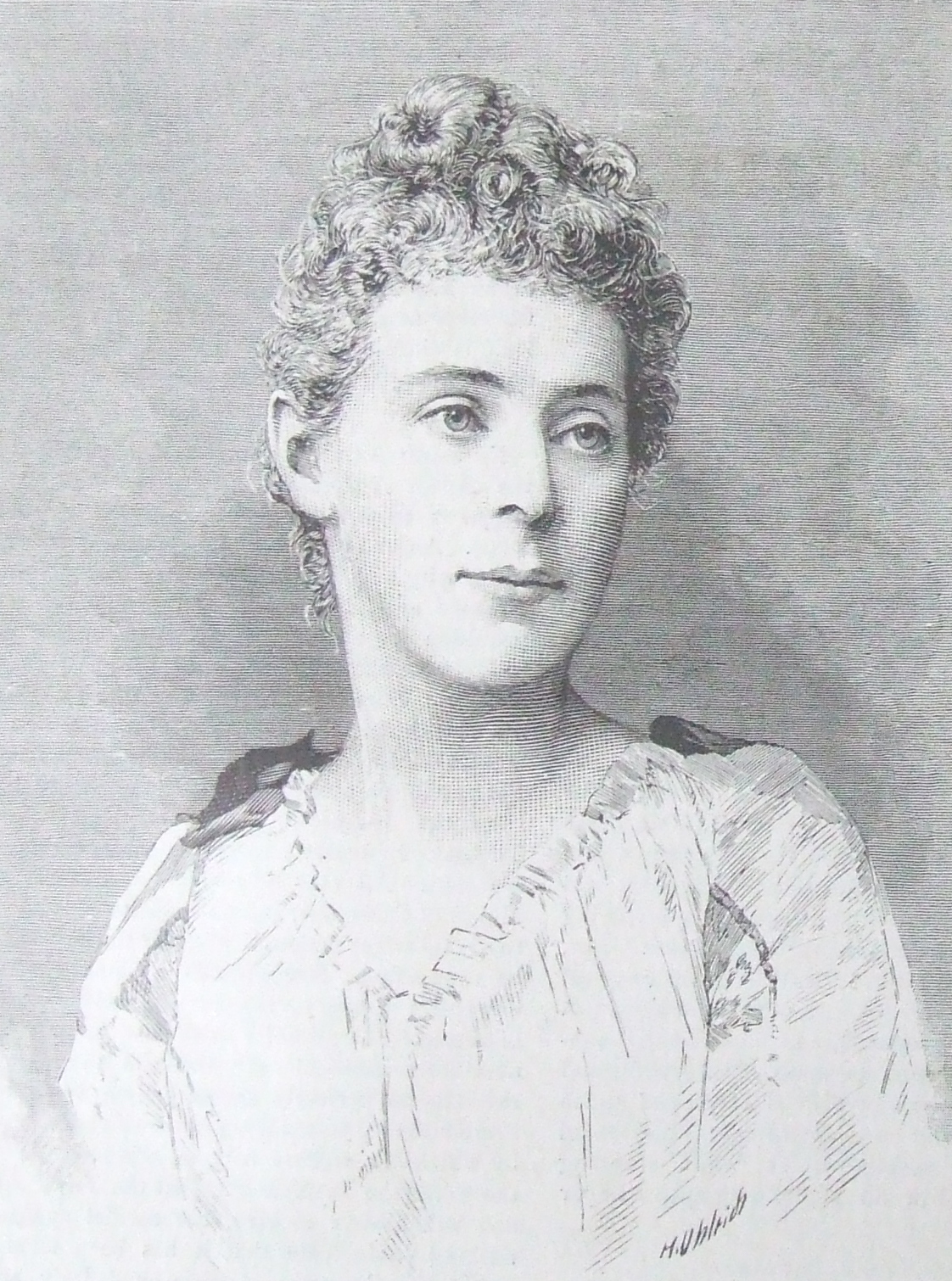
1862 - 1941
Florence Elizabeth Chandler Maybrick
Summary
Name:
Florence Elizabeth Chandler MaybrickYears Active:
1889Birth:
September 03, 1862Status:
DeceasedClass:
MurdererVictims:
1Method:
PoisoningDeath:
October 23, 1941Nationality:
United Kingdom
1862 - 1941
Florence Elizabeth Chandler Maybrick
Summary: Murderer
Name:
Florence Elizabeth Chandler MaybrickStatus:
DeceasedVictims:
1Method:
PoisoningNationality:
United KingdomBirth:
September 03, 1862Death:
October 23, 1941Years Active:
1889bio
Florence Elizabeth Chandler was born on September 3, 1862, in Mobile, Alabama. Her father, William George Chandler, had been the mayor of Mobile and worked at a local banking firm. Sadly, he passed away before Florence was born. Her mother, Caroline Chandler, later remarried a cavalry officer named Baron Adolph von Roques in 1872. This new marriage brought Florence into a different social circle.
When Florence was 17, she went on a journey by ship to the United Kingdom. During the voyage, she met James Maybrick, a cotton merchant from Liverpool. There was a large age difference between them, as James was 23 years older than Florence. People aboard the ship were surprised to see a young girl spending so much time with an older man.
A year after they met, on July 27, 1881, Florence and James got married at St. James's Church in Piccadilly, London. They settled down in Battlecrease House, which was located in a suburb of Liverpool called Aigburth. Florence quickly became well-known in the Liverpool social scene. She and James attended many prominent balls and events, appearing as a happy couple.
However, their marriage was troubled. James was a hypochondriac and frequently used arsenic and other poisonous medicines. He also had several mistresses, which caused tension between him and Florence. Feeling increasingly unhappy, Florence began affairs of her own, including a relationship with a local businessman named Alfred Brierley.
Conflict escalated when James learned about Florence's relationship with Brierley. He confronted her violently and threatened to seek a divorce, a decision Florence also wanted. In April 1889, James fell seriously ill after taking a double dose of strychnine. His doctors thought it was merely a case of stomach trouble, but his condition worsened.
On May 8, 1889, an intercepted letter from Florence to Brierley led to a confrontation with James's family. They turned against Florence, and she was subsequently placed under house arrest. Shortly after, James died at home on May 11, 1889.
murder story
Florence Elizabeth Chandler Maybrick was accused of murdering her husband, James Maybrick. He died on May 11, 1889, after being ill for a few weeks. His brothers were suspicious about the cause of his death. They had his body examined, which revealed slight traces of arsenic. However, the amount was not enough to be fatal. It was unclear whether he ingested the arsenic by himself or if someone else had given it to him.
In April 1889, Florence was charged with his murder after an inquest. She was accused of using flypaper soaked in water, which contained arsenic. The trial took place at St George's Hall, Liverpool. During the trial, many believed the evidence against her was not clear. After she was convicted, a public outcry erupted. Crowds gathered, feeling she was wrongly accused of a crime she did not commit.
Henry Matthews, the Home Secretary, and Lord Chancellor Halsbury later reviewed the case. They stated that while there was evidence that she intended to poison her husband, there was doubt if the arsenic was the cause of his death. As a result, her death sentence was changed to life imprisonment. New evidence appeared over the years, but she could not appeal her case.
Florence was sent to Woking District Female Convict Prison. She spent over 14 years in custody, including time in solitary confinement. This period severely affected her mental and physical health. In 1896, she was moved to Aylesbury Prison. During her time in prison, she had to follow strict routines and perform hard labor. She occasionally entered the infirmary due to illness.
Florence was released in January 1904. After her release, she returned to America and worked on the lecture circuit, speaking about her imprisonment and claiming her innocence. However, she later became a recluse, living in a small bungalow in Connecticut.
She passed away alone and without money on October 23, 1941. Her obituary appeared in The New York Times the following day. Florence was buried next to her friend in South Kent, Connecticut. She had not seen her children since her imprisonment; they were raised by a family doctor. Florence once wrote a book about her life and experiences during her trial and imprisonment, detailing her side of the story.